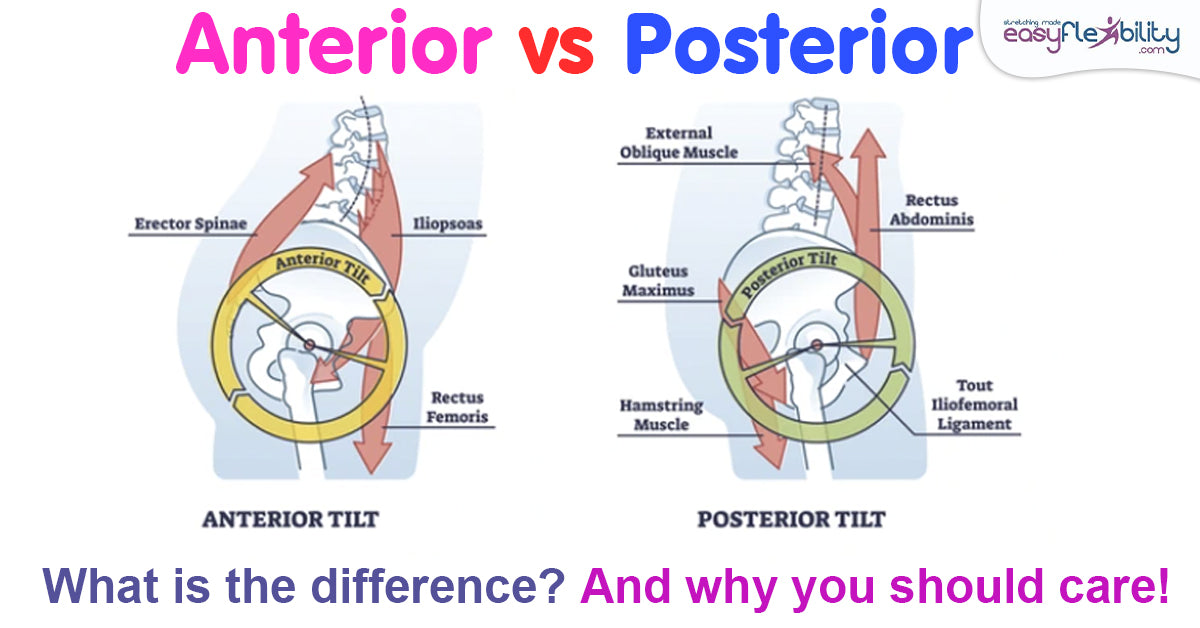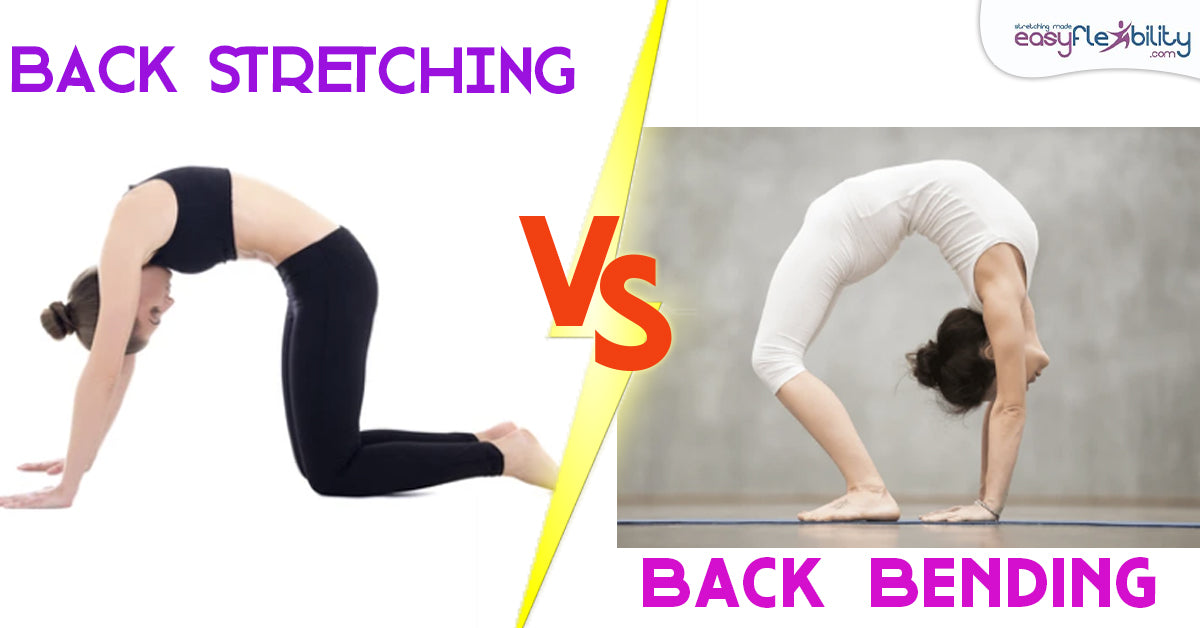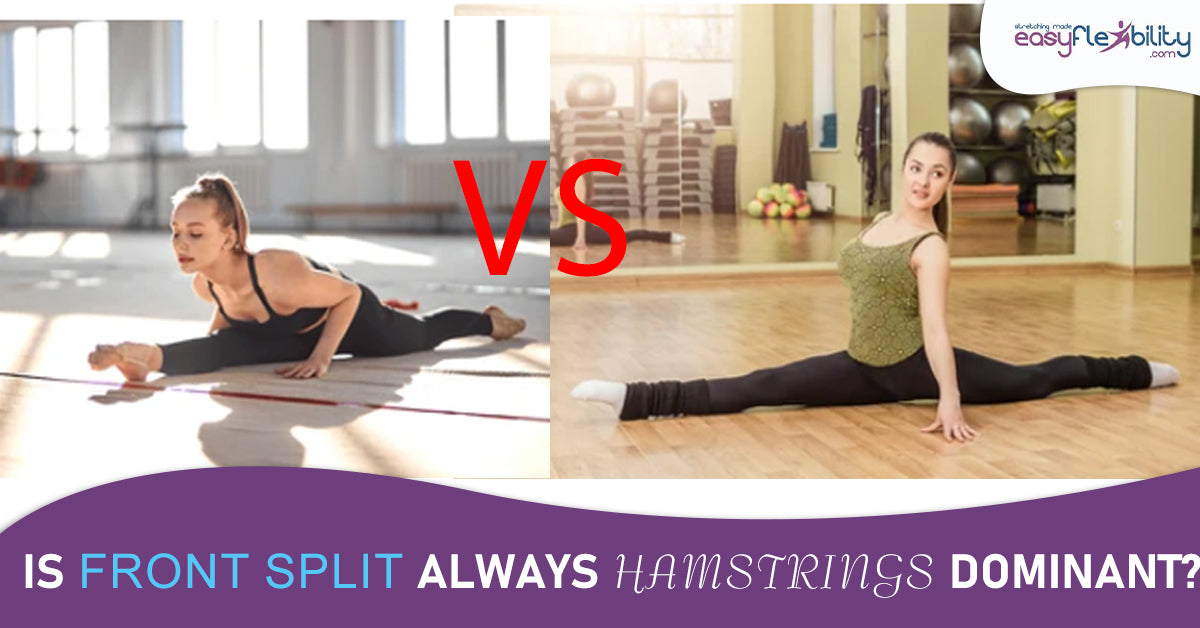Troubleshooting Pectineus ZST ~Certainty~
Posted by Paul Zaichik on

Troubleshooting Pectineus ZST ~Certainty~
When it comes to ~Certainty~ ZST and inability to perform this technique correctly or perform it at all, we want to look at possible issues.
Rectus Femoris – a particularly important muscle that can get in the way of ~Certainty~ ZST, simply because it requires the knee to be extended and the hip to be flexed for the muscle to be in a short range. If the muscle is not flexible enough needing to go into hip extension, although ~Certainty~ ZST is hip extension/abduction, it is not a pure hip extension, with a flexed knee, can prevent this technique from being performed correctly. So, if you can get into position but the second you have to flex your knee you feel your hips being pulled back, you may need to work on flexibility of Rectus Femoris by practicing ~Clarity~ ZST.
Psoas and Iliacus can also get it the way of you being able to perform ~Certainty~ ZST correctly. Psoas and Iliacus are also flexors of the hip and adductors like Pectineus. However, these muscles are lateral rotators while the Pectineus is a medial rotator. If you notice that you are trying to reach back to grab the foot and you can only do that by flexing your body to the same side, you are trying to shorten the Psoas at your lumbar while it is being lengthened at the hip. If this happens then Psoas might be the reason why you are not able to perform ~Certainty~ ZST correctly.
The Next reason why you are having difficulty performing ~Certainty~ ZST correctly may be the front leg. I found this to be less of a case compared to the previous two examples, but it does happen. if someone has tight adductor Magnus and also sometimes Adductor Longus, since Adductor Longus does extend the hip past 70
degrees of flexion, they can interfere with the position of the front leg and thus the front leg still requires some flexibility in those muscles. If they are very tight it could be an issue and if that's the case you have to practice
a ZST called ~Reverence~
degrees of flexion, they can interfere with the position of the front leg and thus the front leg still requires some flexibility in those muscles. If they are very tight it could be an issue and if that's the case you have to practice
a ZST called ~Reverence~
Pectineus – If you are working on other muscles to allow you to get to Pectineus, you can also try and work on Pectineus in other ways and at the same time strengthen it and strengthen its antagonists. ~Integrity~ ZST targets the short upper adductors, it also partially targets the Pectineus, so if you can perform ~Integrity~ ZST, you should, and you will partially target Pectineus. ~Purity~ ZST can also be applied here. If you are not sure how to perform ~Integrity~ ZST correctly, stay tuned for my trouble shooting guide on ~Integrity~ ZST.
The exercises that strengthen the Pectineus are Supine Flies, which are great to target the Pectineus, especially if you do not help with your hands because there is a tendency for the legs to fall down and Pectineus is in a good
position not only to do horizontal adduction but also to hold the legs up, so you will be working the Pectineus and many people are surprised when they do this exercise without the assistance of the hands that they actually hit
Pectineus pretty square.
position not only to do horizontal adduction but also to hold the legs up, so you will be working the Pectineus and many people are surprised when they do this exercise without the assistance of the hands that they actually hit
Pectineus pretty square.
Martial Arts Front Stance is a great exercise for Pectineus. Ideally this would be the front stand where the back toes are also forward not just the front toes and the legs are not one behind the other but there is side to side distance. You can also do a Long Lunge, when you do the Long Lunge you would move the back leg to the
side, so the legs are not one behind the other this also would work on Pectineus contracting it in a stretched position. Of course there are many more elaborate and specialized exercises for Pectineus but these ones would serve the purpose.
side, so the legs are not one behind the other this also would work on Pectineus contracting it in a stretched position. Of course there are many more elaborate and specialized exercises for Pectineus but these ones would serve the purpose.
Some people who perform ~Certainty~ ZST cannot get into the position because the body is trying to protect and strengthening the Pectineus muscle will help with that. But also, sometimes there’s an ability to contract the opposing muscle, and we know that contracting the opposing muscle will relax the target muscle. So, in this case the opposing muscle would be the Glutes since there's a lateral rotation extension and also sometimes the abduction depending on the part of the Glutes, which is opposite to what Pectineus does. And there are many exercises a really good one is being in a prone position face down and simply lifting straight legs up one at a time, and if you turn the legs out at the hip that would be even better and even more targeted for Pectineus antagonist.
Some people are able to perform ~Certainty~ ZST but cannot get movement. Usually this happens more on one side than on both sides but some people have this issue on both sides. The solution to the issue of being able to perform a ZST but not get movement is to add modalities. For example, in ~Certainty~ ZST one of the easiest modalities to add is to contract Pectineus in its long range isometrically.
Some people are able to perform ~Certainty~ ZST but cannot get movement. Usually this happens more on one side than on both sides but some people have this issue on both sides. The solution to the issue of being able to perform a ZST but not get movement is to add modalities. For example, in ~Certainty~ ZST one of the easiest modalities to add is to contract Pectineus in its long range isometrically.
So, you would simply press your knee into the floor. You have to be in the right position ,you cannot be turned to the side like in ~Integrity~ ZST, nor can you be turned completely forward like in ~Stability~ ZST, you have to be in between to get optimal Pectineus contraction. So, you would contract the muscle into the floor and once you release a contraction you would go into Leverage and then Target. A beginner would do a contraction like that before either the single Leverage-Target or double Leverage-Target combination.
And finally it's important to understand the restriction of the ligaments if you are getting progress and at some point you stop getting progress and now you feel like you are feeling restriction, and it feels completely different then you felt before, you might have stretched the muscle to the point where now it’s not just a muscle that’s restricting but now the ligament also restricting as well.
Sometimes ligaments might become stiffened and restrict before the acceptable range, that does happen. Sometimes you might have went to the acceptable range with the ZST and now there is a restriction of the
ligaments and this does happen where there is continued progress and then it suddenly stops and the stretch begins to feel awkward and weird and there's some kind of pain that haven't been experienced before. Especially after doing a few rounds where the muscle is not releasing, it means that you got to the point of the ligaments. It does happen where there will be restriction on how much your hip can move from your ligaments. So it's important to understand that eventually this may happen that there will be restriction from the ligaments. However, it’s usually the advanced students that reach the restrictions of the ligaments for the joint mobility not so much the beginner students.
ligaments and this does happen where there is continued progress and then it suddenly stops and the stretch begins to feel awkward and weird and there's some kind of pain that haven't been experienced before. Especially after doing a few rounds where the muscle is not releasing, it means that you got to the point of the ligaments. It does happen where there will be restriction on how much your hip can move from your ligaments. So it's important to understand that eventually this may happen that there will be restriction from the ligaments. However, it’s usually the advanced students that reach the restrictions of the ligaments for the joint mobility not so much the beginner students.
EASY BACK BENDING CERTIFICATION COURSE

The purpose of this course is to teach trainers, instructors, teachers and coaches a fast, safe, and proper Easy Back Bending training method of achieving and maintaining a Back Bend.
Back bending a beautiful and useful demonstration of flexibility of the interior structures of musculoskeletal apparatus. A safe, healthy, and well done back bend balances a culmination of elasticity of multiple structures, hip flexors, adductors, quadriceps and core muscles. The purpose of this course is to teach exactly this, how to develop flexibility in every muscle that resists back bending. Not just in a small group of muscles, but in each and every muscle group in the whole anterior chain.
A proper back band is a beautiful arch. It can be a King Cobra, it can be a Kapotasana, it can be a Bridge or a Bow, it can be combined with a handstand, it can be seen in a back handspring.
The purpose of this Easy Back Bending Certification Online Training Course is to teach how to avoid all of the issue mentioned above and how to properly distribute the back bend through using both strength, flexibility and awareness so that the back bending can be performed in a healthy manner and applied to various sports and skills.
The purpose of this Easy Back Bending Certification Online Training Course is to teach how to avoid all of the issue mentioned above and how to properly distribute the back bend through using both strength, flexibility and awareness so that the back bending can be performed in a healthy manner and applied to various sports and skills.
In this EASY BACK BENDING course you will learn:

Anatomy & Kinesiology of Back Bending
In this section you will which muscles flex the spine, flex the hips and extend the knees. These 3 groups of muscles are the ones that restrict back bending. It’s very important to understand the function of each muscle, where it’s located and what it does, to be able to perform the ZST’s correctly and to understand the workings of other techniques such as Extended Length Conditioning, and other supporting exercises and how they related to maintenance of back bending flexibility, and utilization.
The Anatomy and Kinesiology is taught together with ZST’s since ZST’s give a deeper understanding of Kinesiology and understanding the Kinesiology in return gives a deeper insight into how ZST’s are derived and performed.
The Anatomy and Kinesiology is taught together with ZST’s since ZST’s give a deeper understanding of Kinesiology and understanding the Kinesiology in return gives a deeper insight into how ZST’s are derived and performed.

In depths look into ZST's for Back Bending
In this section Zaichik Stretching Techniques are revisited one more time. The reason for this is because quite a lot of people misunderstand the finer points of ZST’s and having a chance to look at ZST’s again in depth helps to make sure that the techniques are properly understood and performed.
In this section you will learn ZST’s for Rectus Abdominis, the Obliques, Psoas, Iliacus, Pectineus, Tensor Fascia Latte, Rectus Femoris, Sartorius, Gracilis, Adductor Magnus, Adductor Longus and Adductor Brevis.
Having flexibility in these muscles will allow you to take each joint through its full range of movement. The spinal joints will go through hyperextension, the hip joint will go through hyperextension and knee joint will go through flexion. This
back bending flexibility can then be applied to any back bending pose from King cobra to Kapotasana to Bow and so on.
Having flexibility in these muscles will allow you to take each joint through its full range of movement. The spinal joints will go through hyperextension, the hip joint will go through hyperextension and knee joint will go through flexion. This
back bending flexibility can then be applied to any back bending pose from King cobra to Kapotasana to Bow and so on.

Extended Length Conditioning for Back Bending
In this section you will learn a specialized group of retention exercises called Extended Length Conditioning exercises. Extended Length Conditioning exercises allow the body to become comfortable in new ranges attained by Zaichik Stretching Techniques, so that the body can allow the progression deeper and deeper into flexibility as fast and as safe as possible.

Reciprocal Inhibition for Back Bending
In this section you will learn specific Reciprocal Inhibition exercises for back bending. Reciprocal Inhibition is a natural concept in the body. The human neuromuscular system is designed in such a way that when muscles contracts, their antagonist muscles relax, this of course saves energy because two opposing muscles do not compete against each other.

Movement & Habituation for Back Bending
In this section you will learn the Movement & Habituation techniques for spinal and hip hyperextension. There are two ways for the body to become comfortable in and accept the new flexibility ranges as normal, one of course is strength and the other one is movement. Strength exercises are usually linear and are performed with applicable resistance. Movement and Habituation exercises can be linear but they can have multiple directions and they don’t necessarily have to have resistance, they simply move in a newly developed ranges to get the body accustomed to those ranges. This section presents the Movement and Habituation Techniques for Back Bending.
4 Full Sample Tested and Retested Routines for Each Level of Back Bending Flexibility
Beginner
Intermediate
Advanced
Very Advanced
Beginner
Intermediate
Advanced
Very Advanced

Beginner Routine for Back Bending
In this section you will learn a simple Beginner Back Bending routine. This routine has been tested for beginners, adjusted so that its suitable for a beginner student who is lacking strength or flexibility to do more advanced techniques. This is a foundation routine and based on this routine Intermediate, Advanced and Very Advanced routines are based. Here you will learn how to approach a student who does not have any experience in back bending or lacking a specific attribute such as strength, flexibility or awareness and needs to get initiated into back bending.

Intermediate Routine for Back Bending
In this section you will learn the Intermediate routine. The intermediate routine is for someone who has practiced the back bending for a while possibly by performing relaxed stretches or partner assisted stretches, possibly performing ZST’s and supporting exercises, but this is someone that has a little bit of experience with back bending and when you get a student like that you would use this routine. So in this section you will learn what an intermediate back bending lesson is.

Advanced Routine for Back Bending
Here you learn Advanced back bending routine. It is a sample routine for people that have been practicing for a while and have good understanding of which muscles need to relax and which muscles need to contract and looking to go deeper into back bending. The advanced routine contains modalities incorporated into ZST’s thus allowing deeper stretches in the ZST’s, this is something that is not recommended to start with but rather for students that have an already good experience with the Zaichik Stretching Methodology.

Very Advanced Routine for Back Bending
When you learn Very Advanced routine you will also use ZST’s with modalities, however the supporting exercises are going to change allowing the body to maintain deeper flexibility, thus allowing a student to continue advancement in their back bending training. Each of the routines you will learn demonstrates two rounds, there is an increase of difficulty
from round 1 to round 2 in each routine, so effectively there are 8 levels demonstrated in all 4 full routines.
from round 1 to round 2 in each routine, so effectively there are 8 levels demonstrated in all 4 full routines.
Once you learn these 4 routines with experience you will be able to come up with your own routines and at the same time you will be able to apply any one of these routines to your students at their appropriate level and take them up the levels as they become stronger and more flexible.
This is what's included:
Gain access to a full and detailed Kinesiological explanation for every muscle in the human body responsible for Back Bending. All of our Zaichik Stretching techniques are specific to individual muscles, focusing on their primary actions.
We bring you the most complete seminar for Back Bending Mastery.
- Detailed demonstration and explanation of each Zaichik Stretching Technique: Paul Zaichik will show all techniques on himself and his students for a simple structured layout of the content of the program. This will help you gain the necessary insight into each Zaichik Stretching exercise and the best way it’s done. An added benefit is the information given on the reasons behind every move, and best examples of performing it.
- Detailed demonstration of Movement and Habituation, Extended Length Conditioning, Antagonist Short Range Conditioning and Reciprocal Inhibition.
- Detailed demonstration of each routine: Beginner, Intermediate, Advanced and Very Advanced.
- A multiple choice questions test to assure your understanding of the material presented
- CERTIFICATION to be able to teach all the information learnt to your students.
- 2 FREE PROGRAMS of your choice: Your choice of two digital videos is an added bonus to obtaining this certification. It allows for a better idea of how Zaichik Stretching techniques are combined to form specific routines.
- Access to a Private Support Forum: Believe it or not – this is one of the most important elements of a program as it forms the right attitude towards the program. Upon registration for the course you gain an access to the private support forum, where you have a 24-hour active community to share your experience with, ask questions and seek advice.
Now that you know about the Zaichik Stretching Method, are you going to keep wasting time and money, risking your health, hitting plateaus, wondering how to reach your goal instead or working towards it? Or are you going to start your EasyFlexibility Training Program and get amazing back bends and awesome flexibility sooner than you expect?
Click on the PICTURE below to get started!


© ElasticSteel Corp., EasyFlexibility, Paul Zaichik, et. El., 2022. No part of the materials available through ElasticSteel.com, EasyFlexiiblity.com, site may be copied, photocopied, reproduced, translated or reduced to any electronic medium or machine-readable form, in whole or in part, without prior written consent of Paul Zaichik EasyFlexibility.com, Elasticsteel.com.. Any other reproduction in any form without the permission of Paul Zaichik EasyFlexibility.com, Elasticsteel.com is prohibited. All materials contained on this site are protected by United States copyright law and may not be reproduced, distributed, transmitted, displayed, published or broadcast without the prior written permission of Paul Zaichik, EasyFlexibility.com, Elasticsteel.com.
Share this post
0 comment







